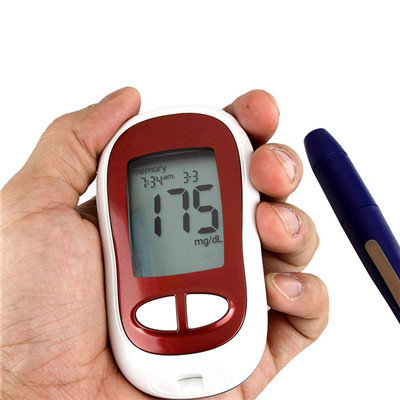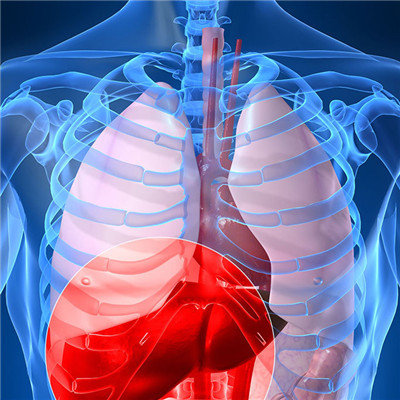What is lipoatrophic diabetes?
summary
What is lipoatrophic diabetes? Lipoatrophic diabetes includes a group of rare syndromes with genetic heterogeneity. It is characterized by complete lipodystrophy with significant hyperlipidemia, elevated basal metabolism without hyperthyroidism, and diabetes with few ketosis tendency and insulin resistance. Let's have a look at this disease
What is lipoatrophic diabetes?
According to the onset time of fat atrophy, it can be divided into congenital type (there is fat atrophy since birth), acquired systemic fat atrophy, and various types of acquired local fat atrophy. Most of the patients with congenital diabetes have no impaired glucose tolerance at the beginning of the disease, but they can develop diabetes from infancy to adolescence. Acquired type patients generally first appear fat atrophy, from the onset of fat atrophy to diabetes can be as long as 1 ~ 15 years.

Most of the patients died of gastrointestinal bleeding and hepatic coma related to cirrhosis and portal hypertension. The prognosis of acquired type is better than that of congenital type, and most of them die of heart failure caused by hypertrophic cardiomyopathy. Both types of diabetes can be complicated by long-term diabetes. In addition to symptomatic treatment, such as control of blood glucose and blood lipid, there is no specific treatment.

Fat atrophy: systemic and complete, the patient's face thin, buccal depression, prominent cheekbones, deep sunken orbit, appearance is very special. The subcutaneous fat of limbs and trunk also disappeared, so the skeletal muscle, tendon and subcutaneous vein were obvious. The adipose tissue around abdominal cavity and viscera also disappeared. Skin biopsy showed absence of subcutaneous fat.

matters needing attention
Due to severe insulin resistance, the daily insulin consumption of some patients can exceed 3000 units. Dietary restrictions on sugar and fat intake can be significantly improved. The course of the disease varies from more than one year to more than 20 years. The main causes of death are secondary infection, systemic failure, gastrointestinal bleeding caused by liver cirrhosis or liver failure.
















